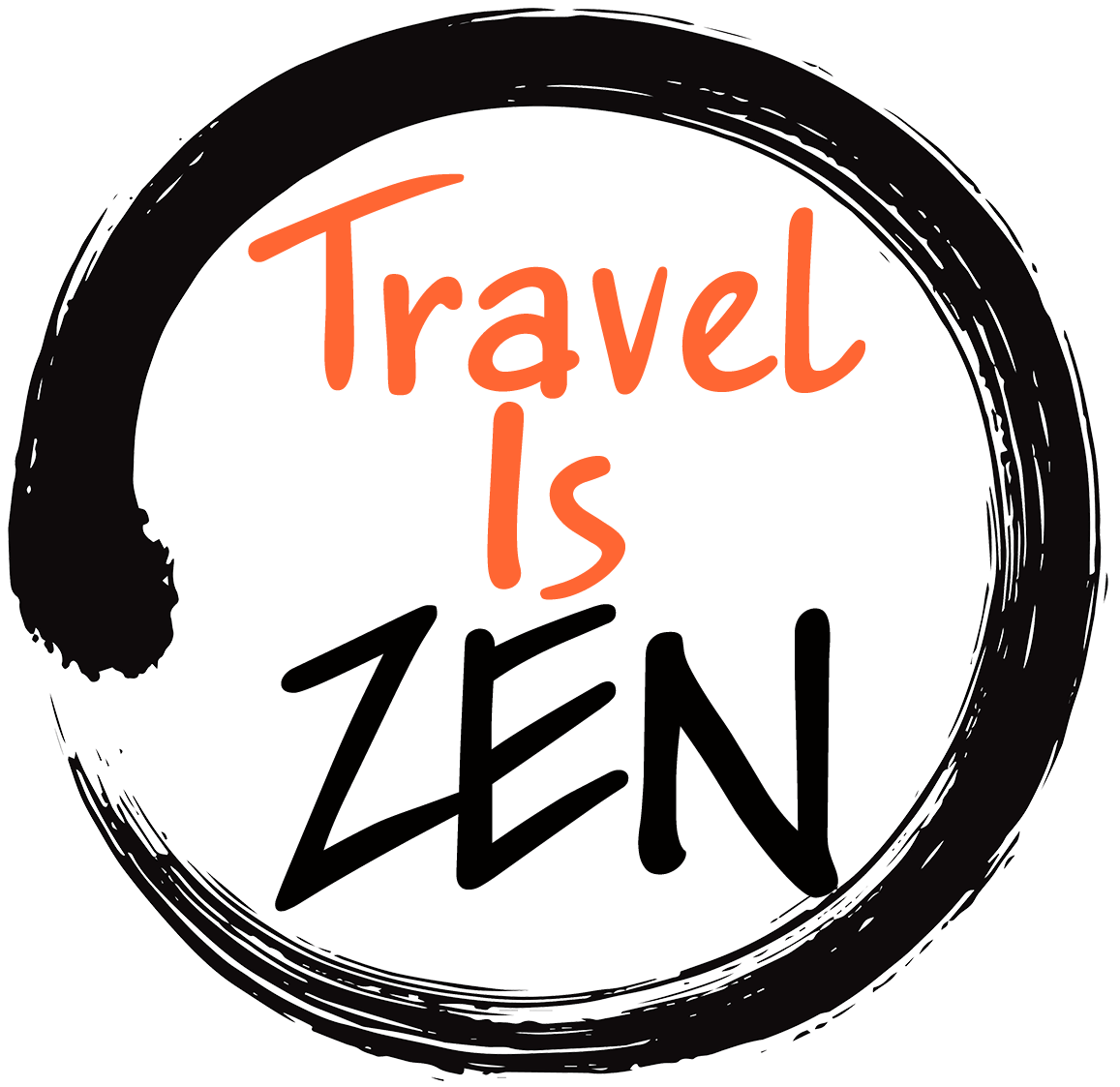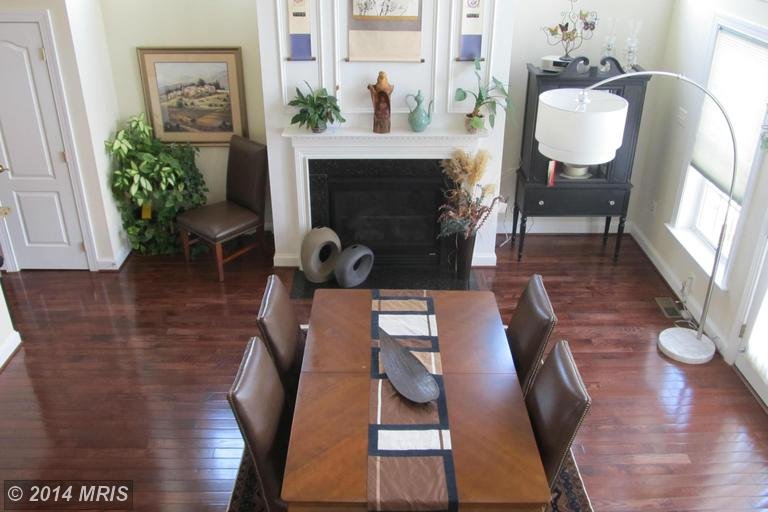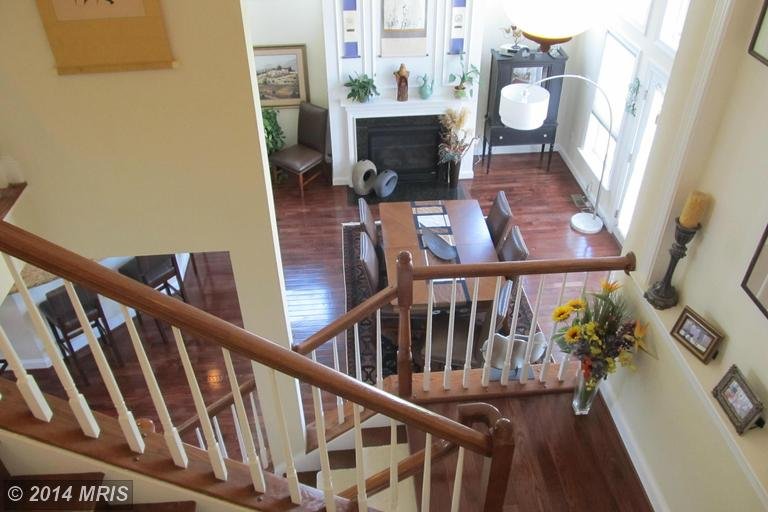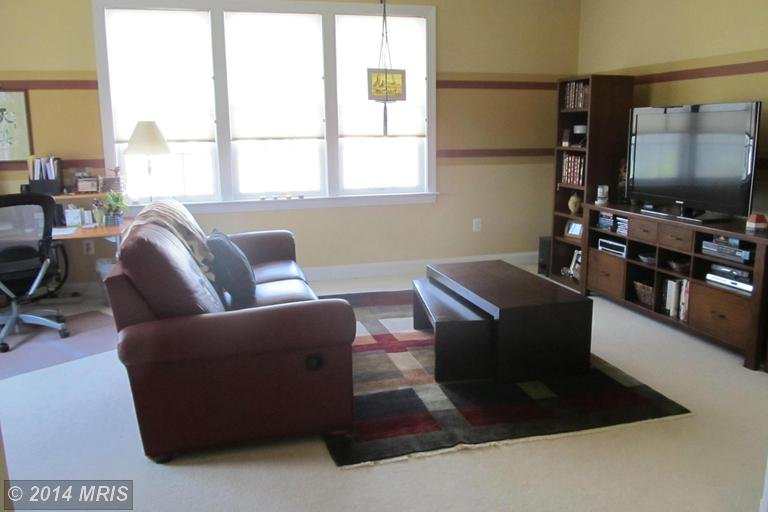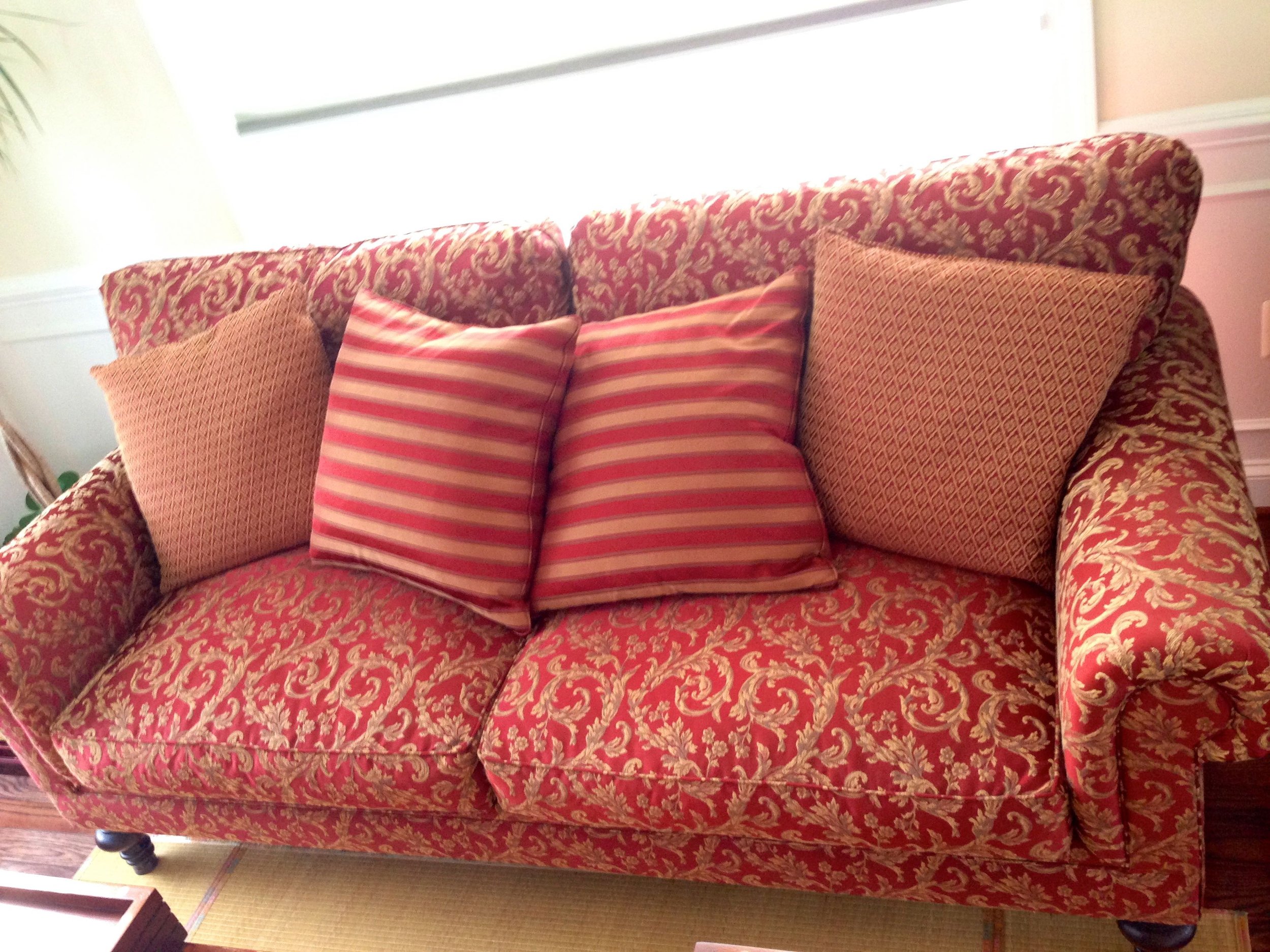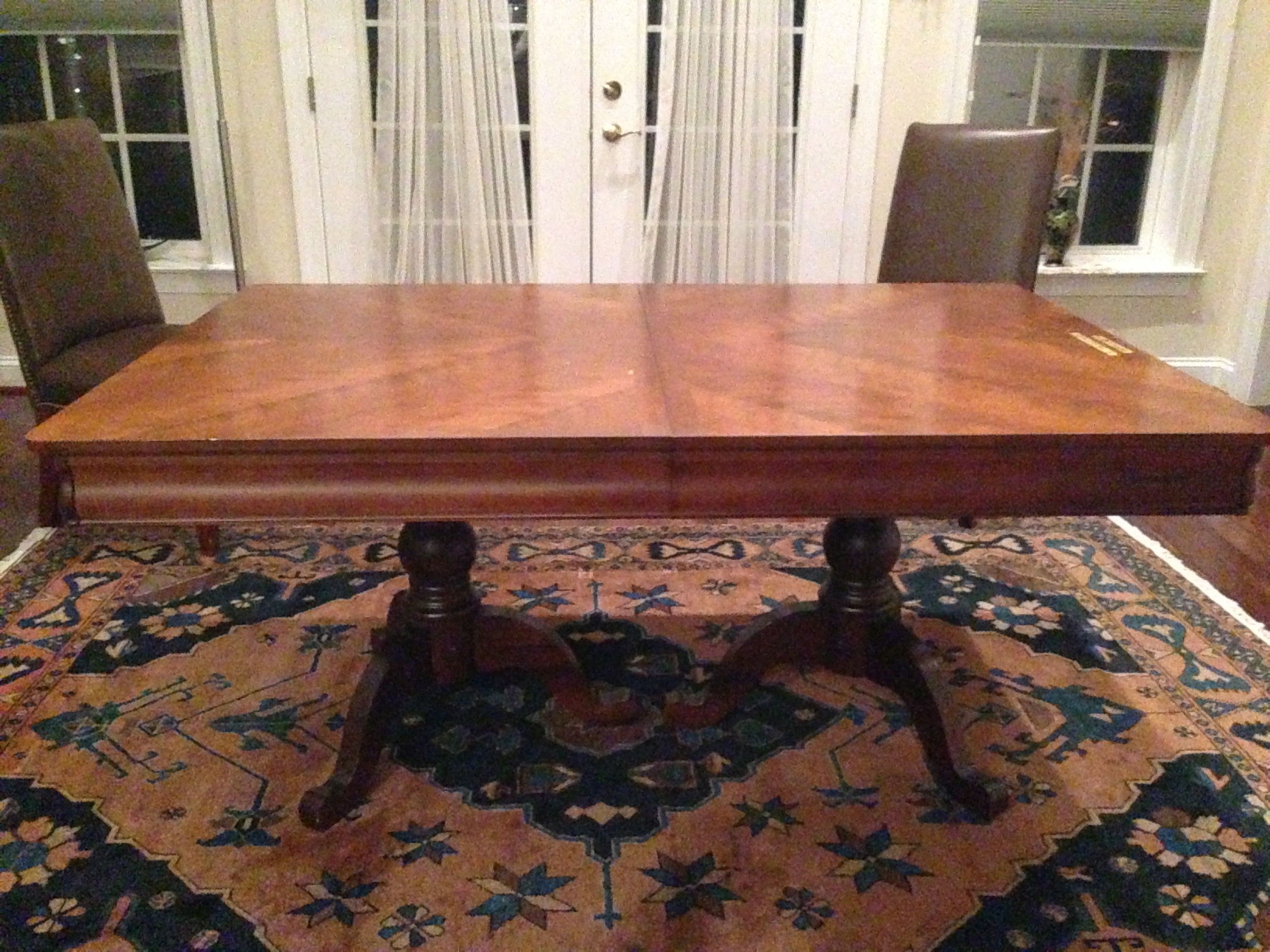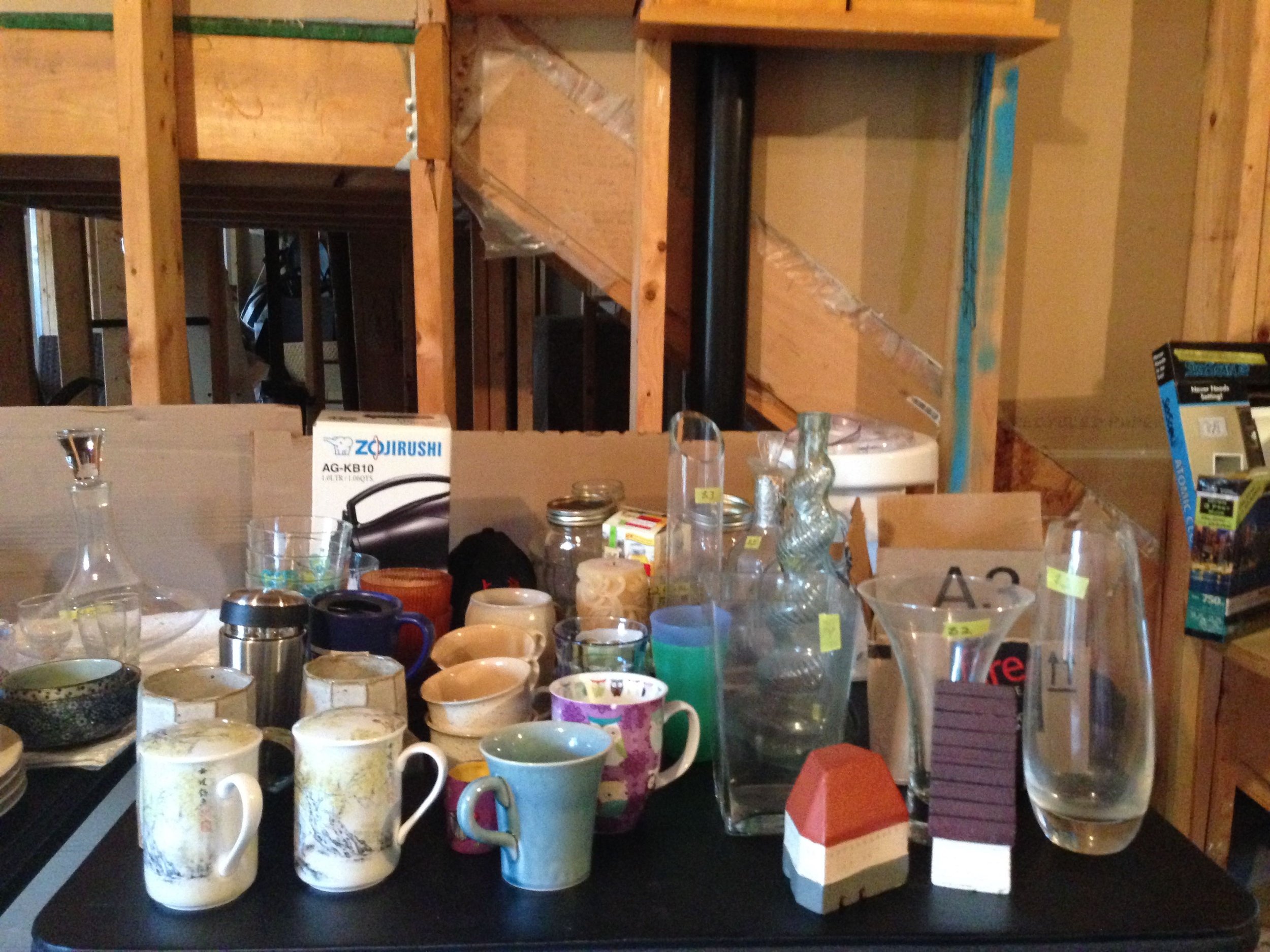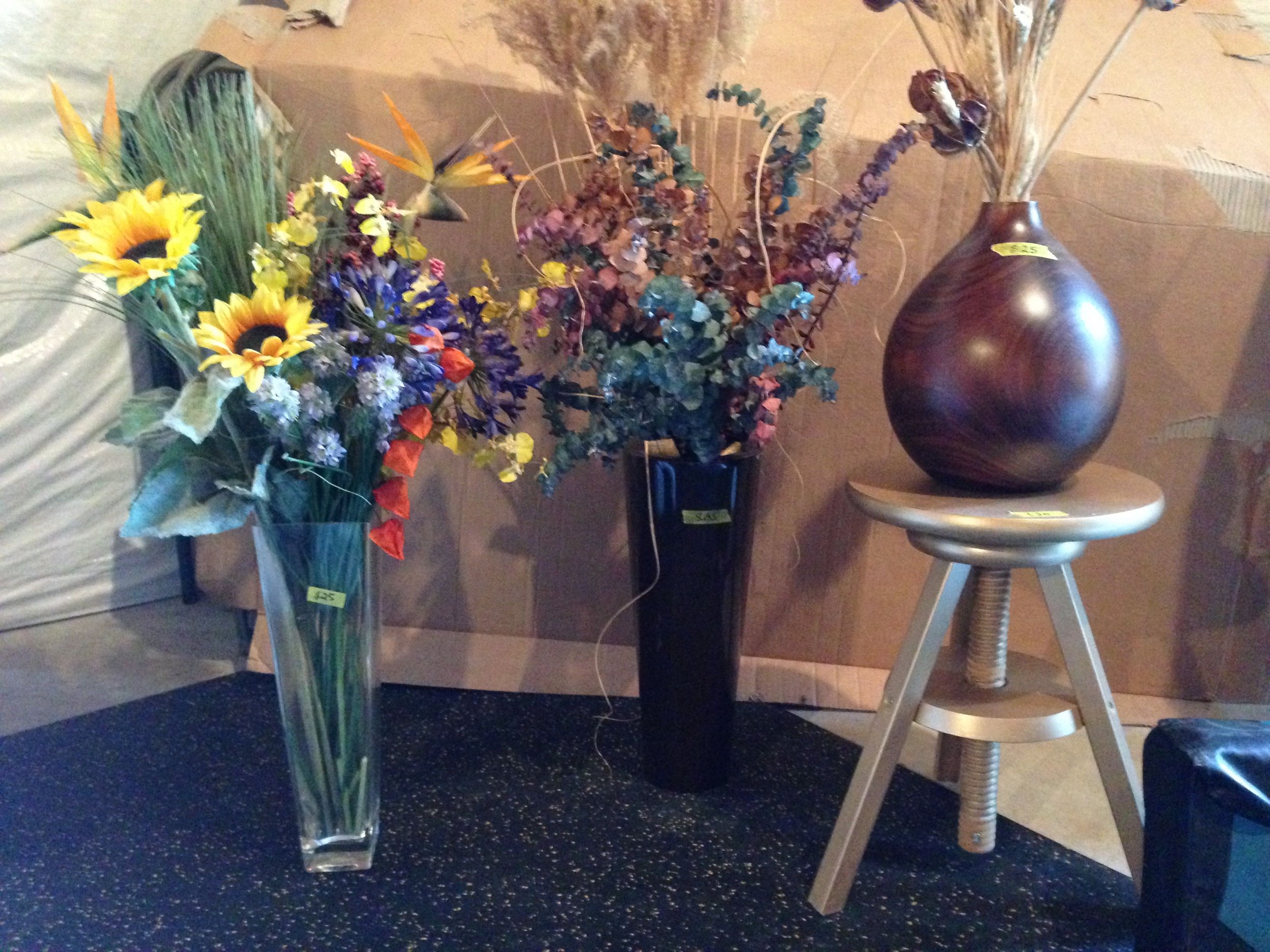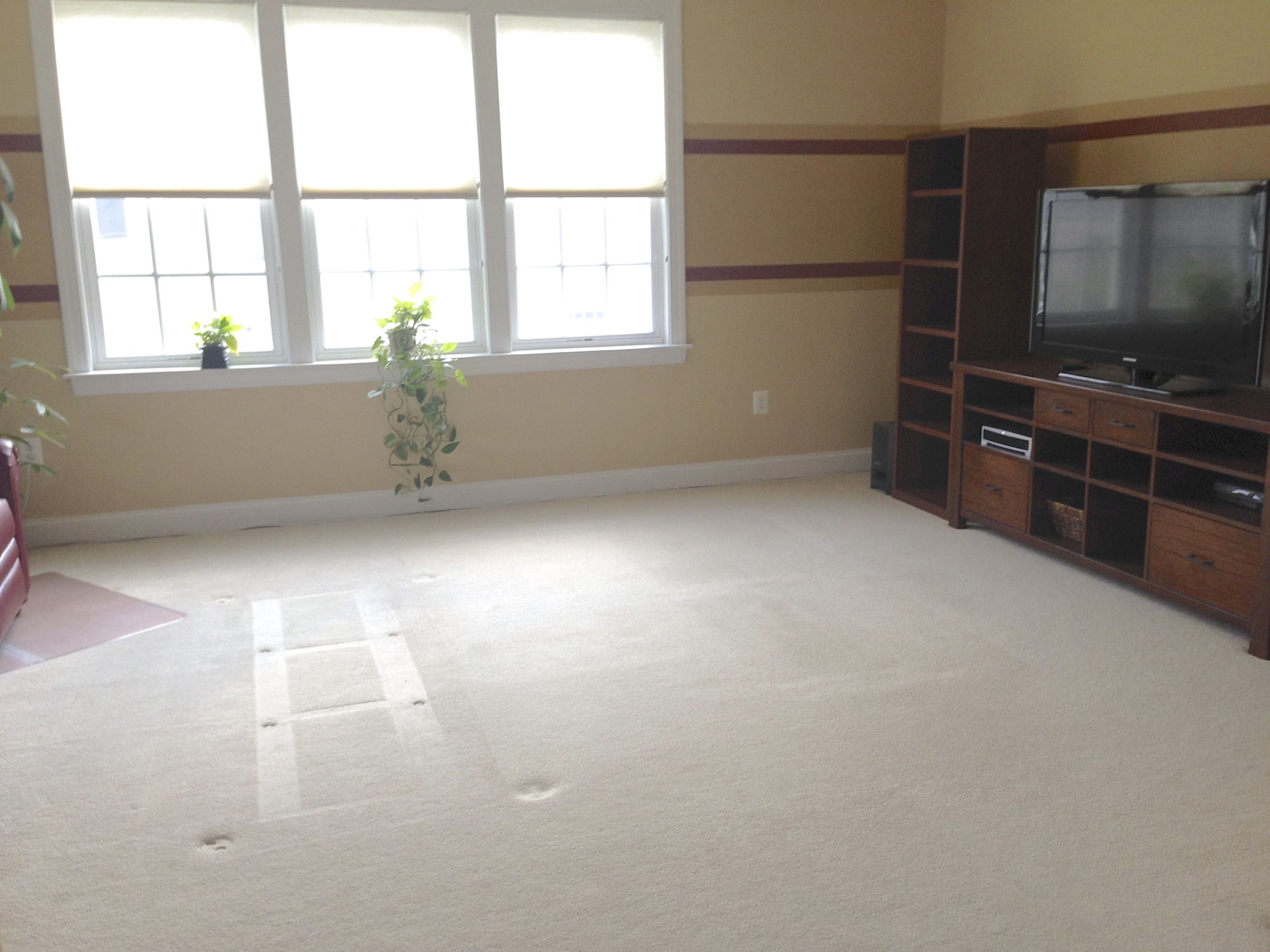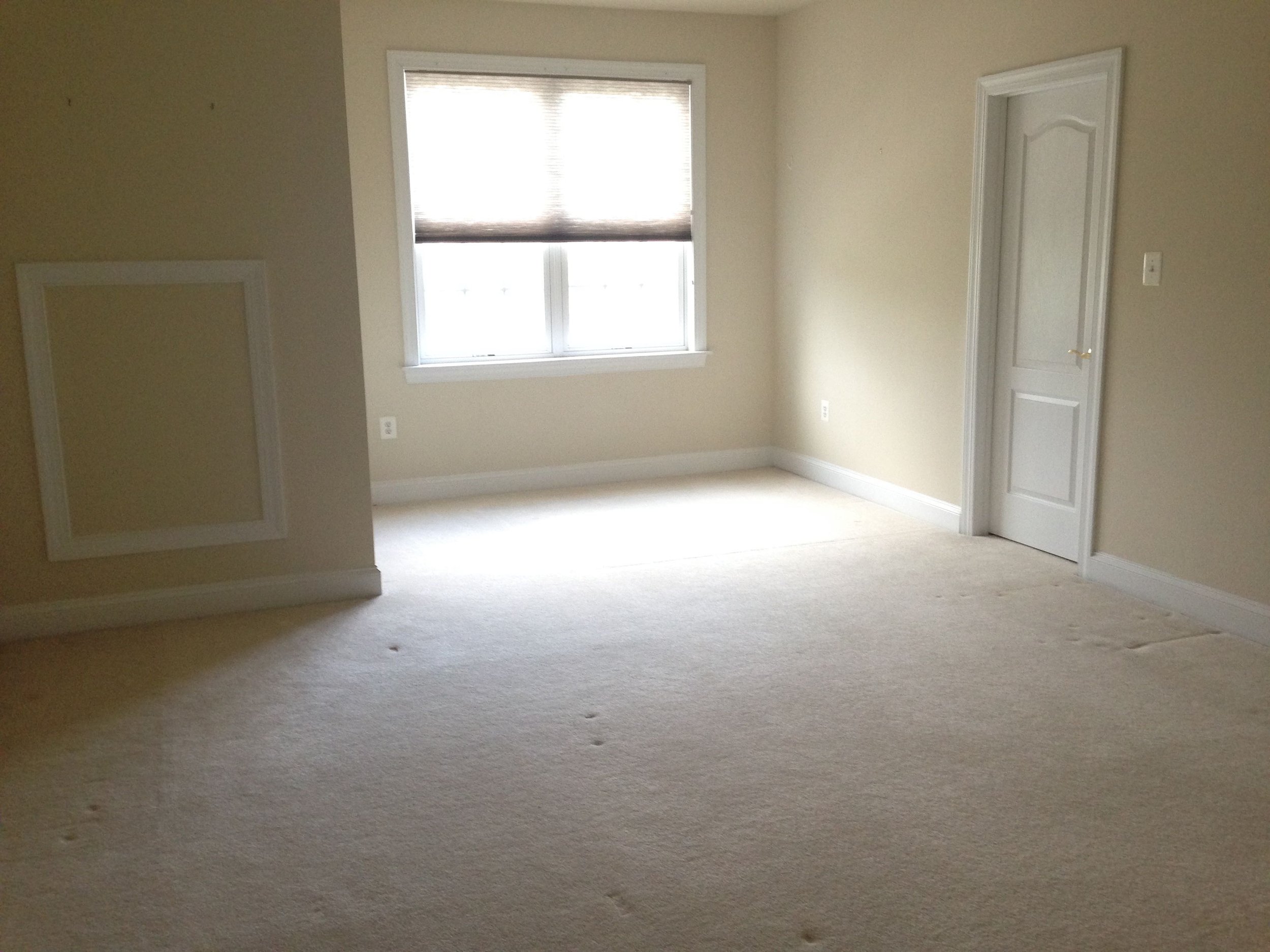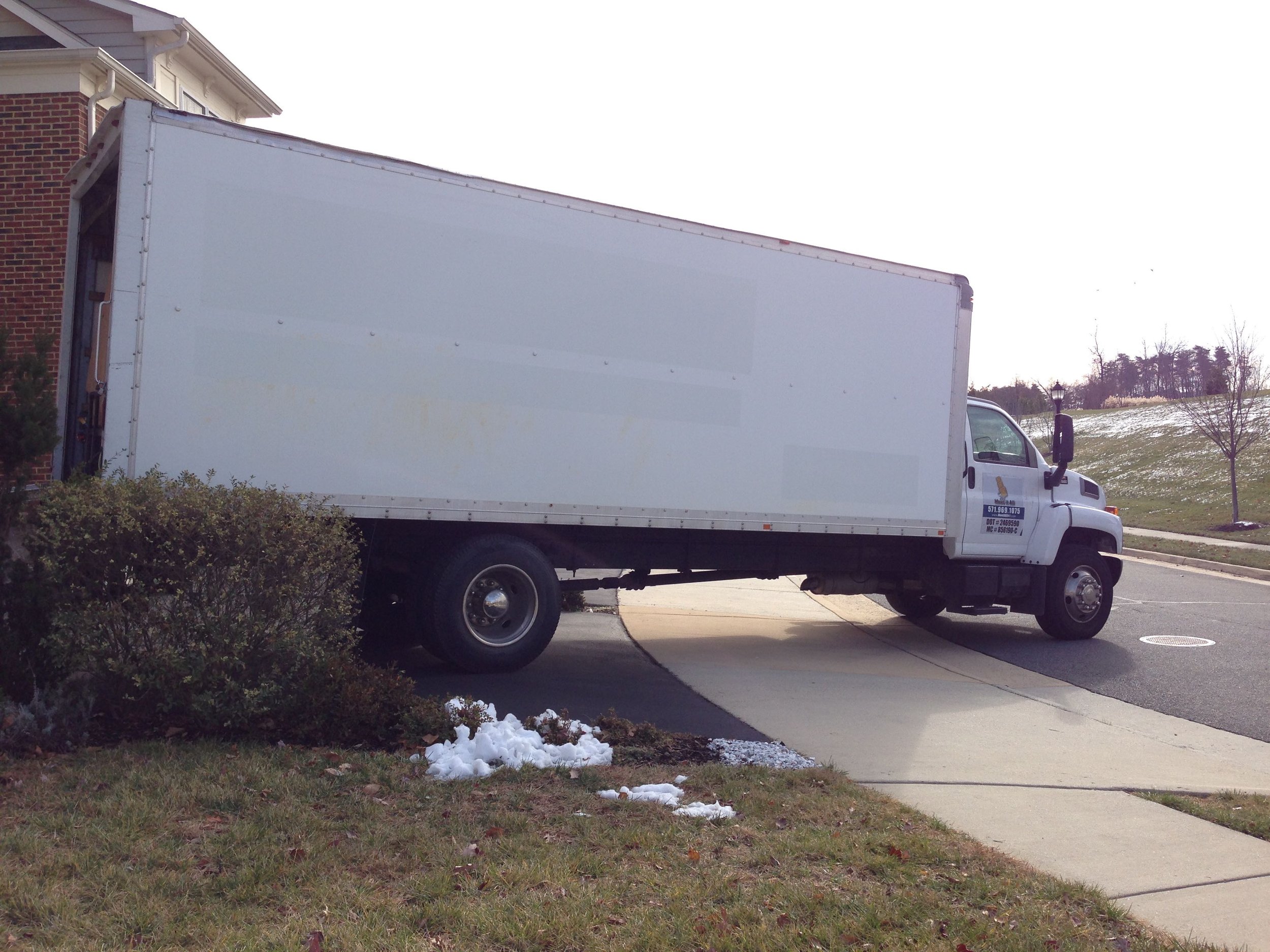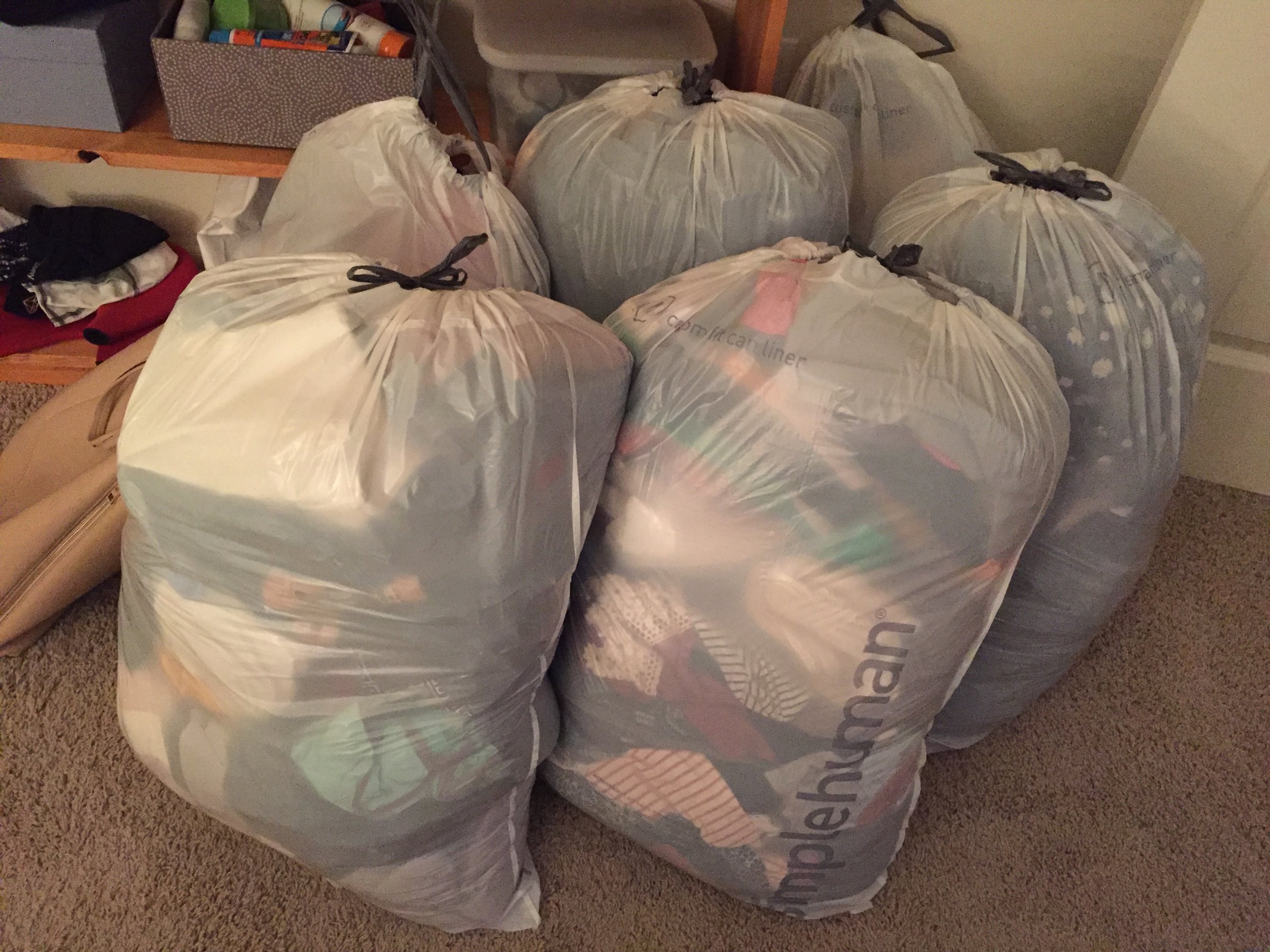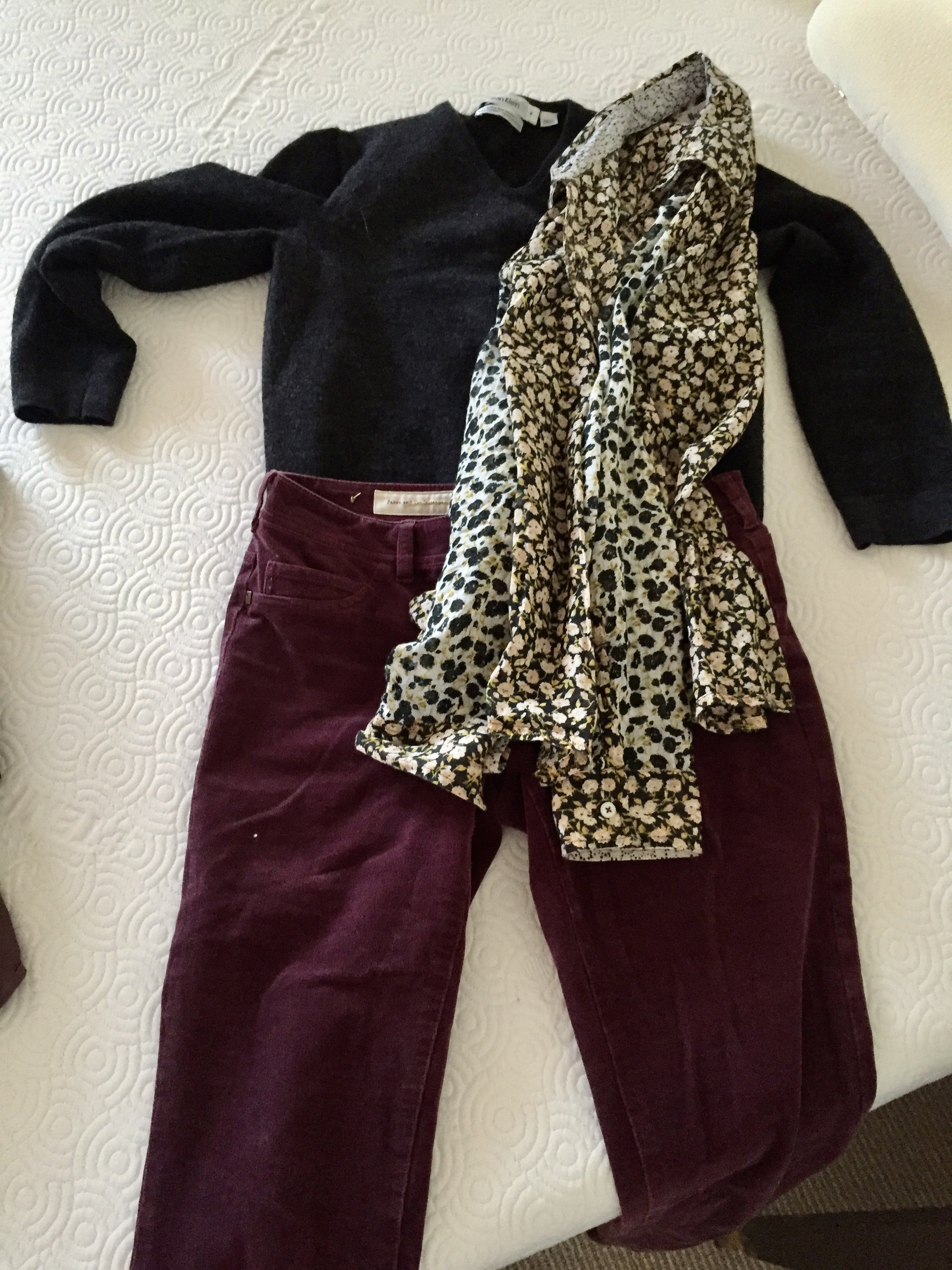Guide to Minimalism: How to Downsize From a House to a Backpack
“The consumption society has made us feel that happiness lies in having things, and has failed to teach us the happiness of not having things.” ― Elise Boulding
My father used to say, “The things you own, own you.” I didn’t fully appreciate this wisdom until I stood at the boarding gate at Pittsburgh airport on a cold November morning in 2017 with nearly everything I owned on my back. We were completely free of all the things that had defined us…which meant that we were also completely free to re-define ourselves.
It took us three years to downsize from a 4 bedroom townhome to a 1 bedroom apartment — and then to 2 backpacks in preparation for our Round the World travel. The logistics of disposal (dumping a couch, for example) proved a minor challenge compared to the emotional difficulty of letting go. Our “things” — running medals, travel souvenirs, artwork, sports equipment, books, clothing, our house — were our identity. They were all the accouterments we had chosen to define our image. Without our stuff, how would we project “I am"?
The journey of unloading proved to be more life-changing than we first imagined. If you are considering a move to minimalism, you may want to approach it in phases to give yourself time to let go and scrutinize where you are headed with the process. Understand that you are not just disposing of random objects. You are, in fact, eliminating tangible indicators of the person who you wanted others to believe you are (read that twice). What will you do with a blank slate?
Phase 1: The Big Purge
We had lived in our home for 10 years. The house had always been larger than our needs, but we believed when we first married that we might have children or that we would frequently entertain visiting family and friends who would fill the guest spaces. For a decade, we furnished, dusted, vacuumed, mopped, cleaned and DIY’d rooms we rarely entered and spent our weekends mowing and pruning a landscape we rarely had time to enjoy. We had 3 couches and 4 toilets — for 2 people.
Around 2014, we both traveled a lot for work and we could no longer ignore the absurdity of occupying such a large space. We decided to move closer to the city, which instigated phase one of our downsizing exercise. After a few weeks of touring various apartments, we found the perfect match for us. With 1000 square feet of space, it was about 1/3 the size of our townhome in the suburbs. We had no choice but to start eliminating.
Two weeks before moving, we hosted an open house moving sale. By noon, nearly all of the items tagged for sale were gone — a formal sofa, coffee table, mattresses, box springs, picture frames, side tables, a large desk, bar stools, game stations, hand bags…. One lady showed up with a flat bed trailer. For $300, we told her to take whatever would fit! At the end of the day, we hauled all remaining tagged items to the landfill or boxed them for donation*. We had already decided that these things served no purpose for us and would not accompany us to our smaller living space.
* Organizations such as Purple Heart will actually come to your house to pick up donations. We donated all of our extra sheets, towels, unopened hygiene products, kitchen appliances, storage containers and more.
Void of all of the stuff that occupied space we rarely used, our house echoed and felt vacuous, confirming our decision to move to a smaller space. Phase 1 was the easiest, but it was an important step to kick-start the longer journey.
Even after the bulk purge, we had to rent a large size U-haul to move into the apartment. We still had a lot of stuff and it filled every nook and cranny of our new space.
Phase 2: Wardrobe Downsizing
To continue to cull our belongings, I started with the walk-in closet and my shoe rack. First, I tossed into a pile anything that I had not worn in the past year because it was uncomfortable, out-dated, ill-fitting, too formal, stretched, warped, stained, faded, or otherwise had a known issue (why do we keep this stuff??). These were the items I knew I would never wear again. I stuffed them into bags for donation or garbage and took them out of the room.
Next, I made a nicely folded pile on my bed of all my favorite clothes and shoes that I wore every week; the non-negotiable “keepers”. That pile was pretty small, since I tend to get lazy when it comes to dressing, choosing the same outfits over and over again.
What remained in the closet represented all of the clothes, shoes and accessories that I still liked but just hadn’t worn for various reasons. I spent the rest of the afternoon “shopping” in my own closet, trying on new combinations of clothes, belts, jewelry, shoes etc. to find new outfits for work and casual outings. I created three weeks worth of mix-and-match outfits. Anything that didn’t make the cut was added to the donate pile (yes, even if I liked it or spent beaucoup money on it!).
At the end of the exercise, I had drastically cut my wardrobe and shoe collection. A formerly packed walk-in closet now felt ridiculously large! More importantly, though, I was no longer overwhelmed by choice when getting ready for work in the morning. I knew exactly what I had; there was nothing superfluous. I made a policy that continues today: anything new must replace something disposed. I refuse to become overwhelmed by clothing ever again.
Phase 3: Ditching a Car (Maybe?)
We intentionally chose our new apartment for the location’s walkability, access to public transportation and bike trails. Factoring in all the costs we incurred annually for the simple convenience of having a vehicle on hand (excluding operational costs like gas and tolls), we calculated that each car cost $17.00 per day just to own (over $500/month). To actually use the car to commute to the office was another $18.00 per day in gas and tolls per car.
Moving out of the suburbs and closer to work enabled us to sell one of our vehicles. We developed a new relationship with our bicycles to significantly decrease the use of the remaining vehicle. We began biking to work daily, with Uber or public transportation as a rare back-up when the weather was particularly harsh. Our daily commute became a source of real joy and accomplishment, rather than a stressful slog through traffic.
Ditching a car may not be realistic for you, but knowing the cost per day of owning and operating a vehicle may at least instigate an evaluation of “need” vs. “want”. The privilege of owning a car comes with a hefty price tag. Download this worksheet to calculate your costs.
Phase 4: Tackling Collections and Memorabilia
The estate sale, clothing purge and car toss helped us downsize significantly, but we continued to hang on to the more meaningful items in our life, such as books, movie collections, family heirlooms, photo albums, and other objects embodying memories of people and places from the past. All of this stuff takes up space - it requires shelves and closets and wall space. And SPACE = $$$ (larger house, larger apartment, larger backpack…).
Two years into our downsizing project, we decided to travel around the world for an extended period of time (interesting how having less stuff sparks a new sense of potential freedom…). We did not have a clear sense of how long we would travel and really didn’t want to store a bunch of stuff while we were gone. We doubled-down on our commitment to owning less and this meant that it was time to address our attachments.
Warning: Phase 4 is the hardest phase of downsizing. This is the part that feels as if you are trimming off bodily limbs or choosing a lobotomy. Proceed with compassion.
I love books. Our apartment was lined with large shelves filled with books that I had collected over the years: college textbooks, technical reference manuals, gold-gilded leather bound classics, beautiful coffee table albums, fiction, non-fiction, etc. Literally hundreds of books. And my husband loves his movies. At its apex, our movie collection spanned at least half a dozen DVD towers, arranged alphabetically from Apollo 11 to Zoolander. Marathon race bibs and medals covered an entire wall, showcasing our running obsession. Travel souvenirs and family heirlooms decorated walls and posed on shelves. Snowboards and camping equipment were stacked neatly in a corner, waiting for their once-a-season outing. Shelves heaved with photo albums and boxes of unorganized prints in fat envelopes with vague descriptors.
These were our THINGS - our signals of what we liked and who we were (when we had the TIME to BE).
I loved each and every book, movie, photo album, and throwback relic of the past — but a person can only read one book at any given moment or watch only one movie with attention. One can leaf through a photo album only so many times before the order is predictable and the memories blur. Dust settles on the keepsakes and relics of by-gone eras and past achievements.
A museum hires a curator because it’s unrealistic to collect and own every THING for all time.
On our mission to possess less, we embraced 21st century technology and the sharing economy to dramatically downsize even further. We digitized our photos and relocated those albums into the cloud. We donated most of our books and movies and, instead, registered for a library card so we could borrow, browse, or reference books anytime, anywhere. We embraced streaming movie channels. We sold or donated sports equipment we rarely used, with the understanding that those items (such a kayaks, snowboards, or golf clubs) could be rented when/if the mood struck us. Friends and family adopted heirlooms and houseplants, which we now get to enjoy in their homes instead of ours.
We ended up tossing most of our cheap travel souvenirs and artwork; I’m not sure why we ever thought displaying a Turkish fez (as one example) was necessary??
In all honesty, it was painful to let go of our emotional attachment to these objects — not the objects themselves, but the embodied memories those objects represented and/or the image those objects helped us project about ourselves. Admittedly, we couldn’t let go of everything. We put items that we cherished into a trunk stored at my parents’ house. We occasionally open the trunk, scrutinize the contents, whittle down further, add a few new items — all in a very deliberate manner. If you could only save the items that fit into a trunk, what do you cherish most? For us, that is a regular and rewarding exercise.
Final Phase: Eliminating Household Essentials
So, the promise of this post is downsizing to a backpack. When it came time to be traveling nomads, we had already moved out of our house, sold one car, dramatically downsized our wardrobes, and digitized or gave away all of our “collections”. We were down to the daily living essentials.
We sold our remaining car to a dealer for a paltry sum and did a final wardrobe purge (I didn’t need high heels or office attire on a long term global walk-about - yay!). As our apartment lease ended, we only had to dispose of household necessities, such as a single mattress, table and chairs, television, dishes, cookware, kitchen appliances, etc. We sold a few items on regional marketplace sites and donated the rest to local thrift stores. When we resettled a couple of years after our Round the World journey, we acquired nearly everything we needed from those same thrift sites and stores. Embrace the over-abundance of high quality, gently-used goods that land in American estate sales and second-hand shops!
So, Is Minimalism Worth It?
This post represents our journey to downsize our possessions in pursuit of greater freedom. We achieved our goal of shedding everything that kept us bound to a location or a job. What I did not expect from this process, however, was that we also eliminated all outward signals of who we are. We had no house, professional clothing, jewelry or cars to define our status or lifestyle (upscale, middle class, or otherwise). Without a house, we had no walls or shelves or lawn upon which to project a curated image of ourselves. Standing at the airport on that cold November morning, we were just a couple of middle-age backpackers in sneakers.
It took me longer than expected to recognize and adjust to that blank slate — and to understand how important those tangible cues are to others. If I was no longer a marketing professional, a runner, a gardening enthusiast, and a collector of books living in the suburbs, then who was I? For some period of time as we explored the globe, I got comfortable using the label “world traveler”. When we resettled for a bit in second-hand clothing and furnishings, I explained that we were “minimalists”. I suppose the descriptor that fits best these days is simply “unconventional”. We live where we want; we work when we want. We own very little, which makes this type of freedom possible for us…but also makes it difficult for others to understand who we are or fit us into a neat little mental box. Fortunately, we have friends and family willing to overlook our oddities, outdated wardrobe, and plastic folding dining table. Our crew enjoys laughing around a campfire over sipping expensive martinis at a posh club. We feel incredibly lucky to have such acceptance from the people who matter most to us.
Downsizing the objects in our life also sparked an examination of other lifestyle choices. To reduce our dependency on America’s horrific healthcare system, we have changed our diet and prioritize exercise, meditation, and yoga. We walk a lot, regardless of the weather. We choose nature over contrived entertainment. We maintain a budget that allows us to live on one income at any given time, which drastically reduces stress in our lives.
For us, minimalism has been worth it for the happiness and joy we find in not owning things; for the authenticity of the relationships we have with friends and family, and for the peace of mind that comes from a healthy, stress-free lifestyle. But yeah, there are times when I feel a little “weird”. ;-)
